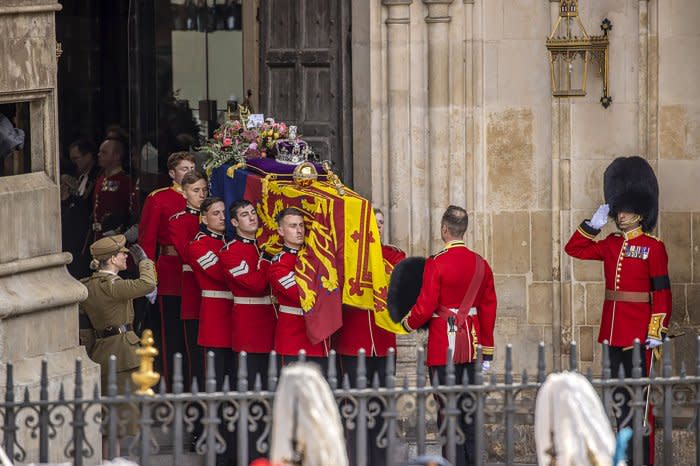On This Day, Sept. 19: Funeral held for Queen Elizabeth II
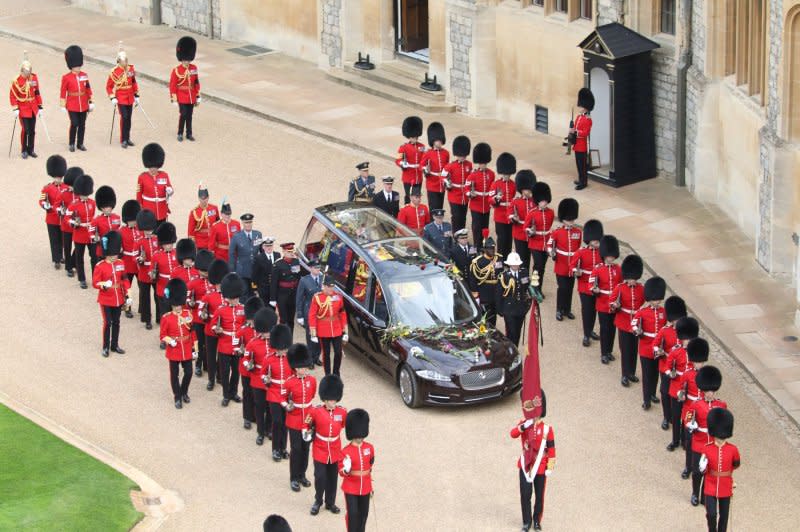
- Oops!Something went wrong.Please try again later.
- Oops!Something went wrong.Please try again later.
- Oops!Something went wrong.Please try again later.
- Oops!Something went wrong.Please try again later.
Sept. 19 (UPI) -- On this date in history:
In 1777, British soldiers won the first Battle of Saratoga in the Revolutionary War, but the Americans would go on to win the second battle less than a month later.
In 1881, U.S. President James Garfield, 49, who had been shot in July by a disgruntled office-seeker, died of his wounds. Vice President Chester Arthur was sworn in as the successor to Garfield, who had been president for 6 1/2 months. His assassin was executed in 1882.
In 1893, with the signing of the Electoral Bill by Gov. David Boyle, New Zealand became the first country to grant national voting rights to women.
In 1955, after a decade of rule, Argentine President Juan Domingo Peron was deposed in a military coup.
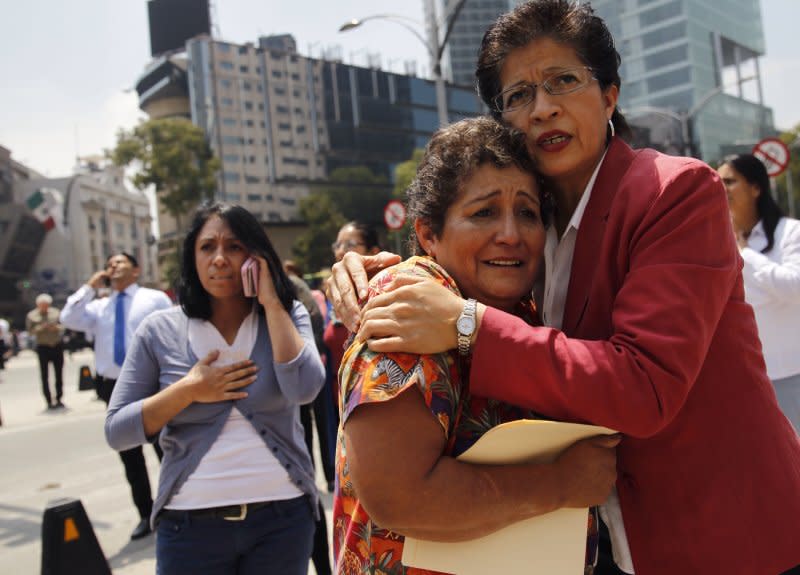
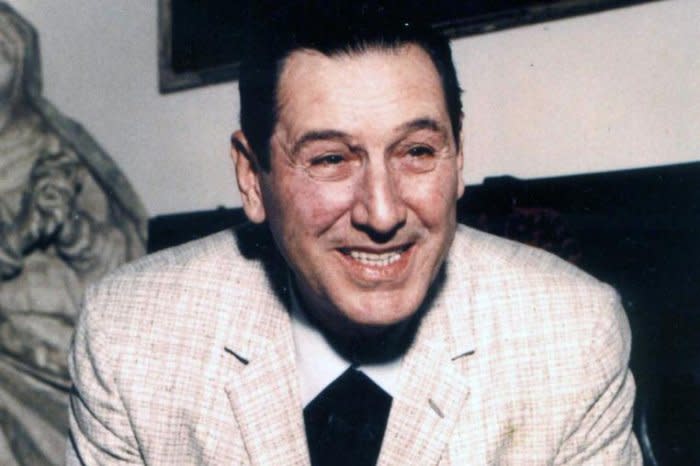
In 1957, the United States conducted its first fully contained underground nuclear weapon test in Nevada. Scientists at the time theorized the heat and pressure from the blast could've turned rocks into rubies, sapphires or even diamonds under the rubble.
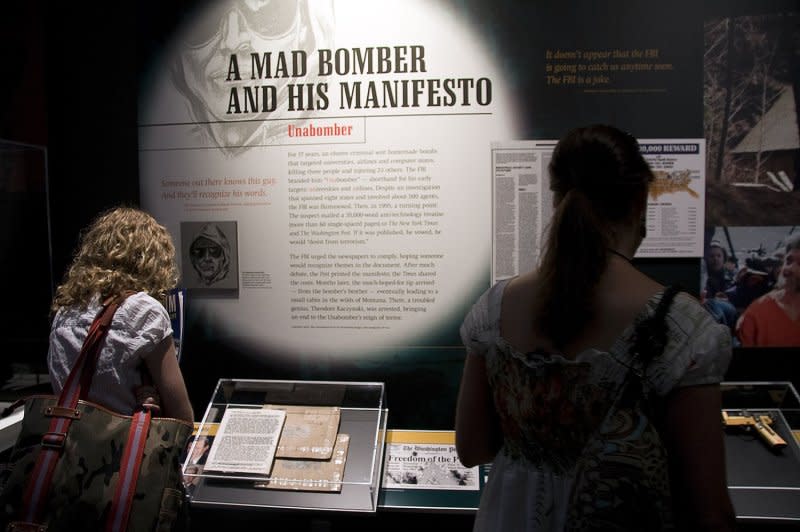
In 1985, an earthquake collapsed hundreds of buildings, killed at least 7,000 people and injured thousands of others in Mexico City.
In 1988, U.S. swimmer Greg Louganis took the gold medal in 3-meter springboard diving at the Seoul Olympics after hitting his head on the board during preliminary competition.

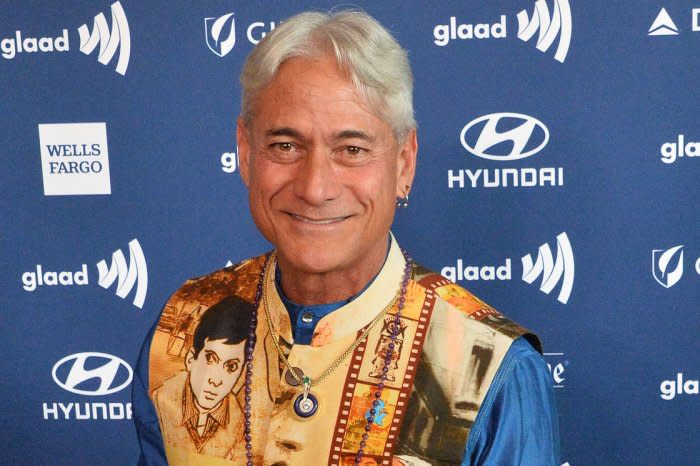
In 1995, The Washington Post published a manifesto by Theodore Kaczynski, the so-called Unabomber, who carried out 16 bombings across the United States from 1978-95, killing three people. Kaczynski was arrested in 1996 and was sentenced to eight life sentences in prison.
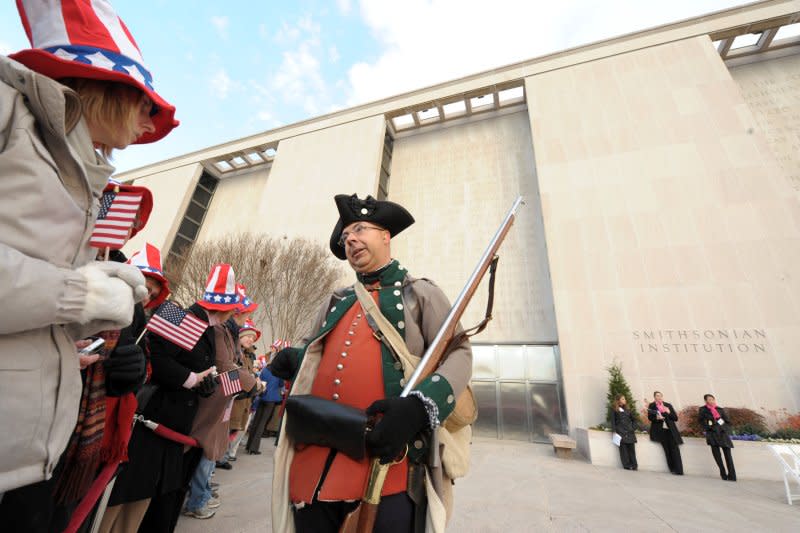
In 2006, Thailand Premier Thaksin Shinawatra was overthrown in a bloodless military coup.
In 2010, 42-year-old Frenchman Philippe Croizon, a quadruple amputee, swam across the English Channel in 13 1/2 hours. Croizon covered the 21 miles with flippers attached to the stumps of his legs and special steering attachments in the arm areas.
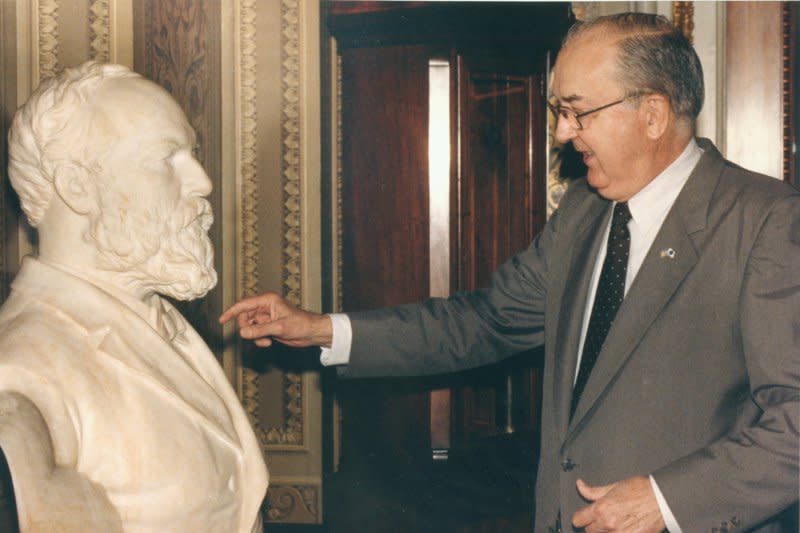
In 2017, a 7.1-magnitude earthquake shook central Mexico, killing more than 350 people, including dozens of children in the rubble of a school.
In 2021, Cumbre Vieja in Spain's Canary Islands erupted, setting off the longest-known eruption period for the volcano at 85 days. The disaster killed one person and destroyed more than 3,000 structures.
In 2022, Britain's Queen Elizabeth II was laid to rest next to her husband, Prince Philip, in a private funeral at Windsor Castle in London. The queen died Sept. 8 at the age of 96, Britain's oldest and longest-serving monarch.
